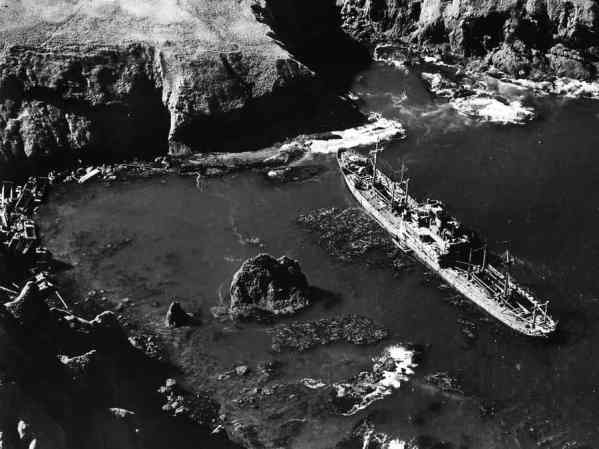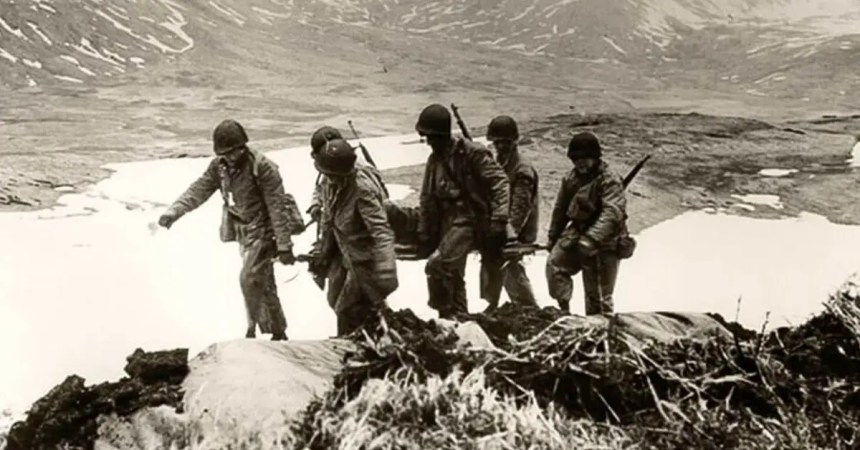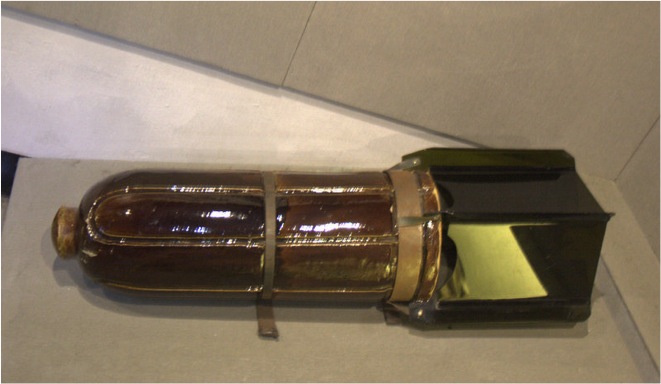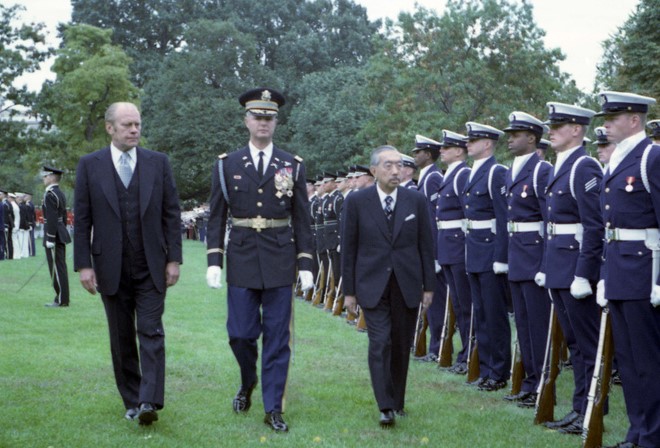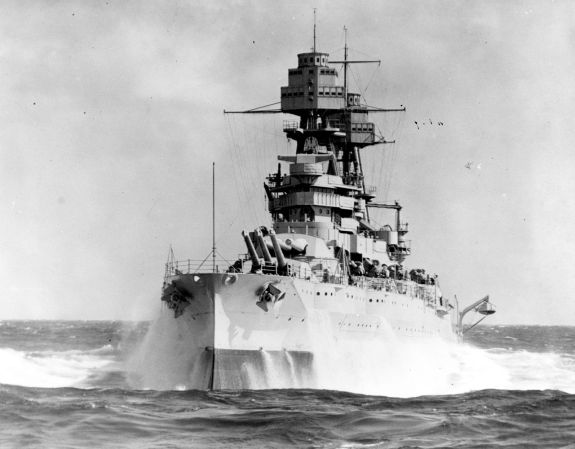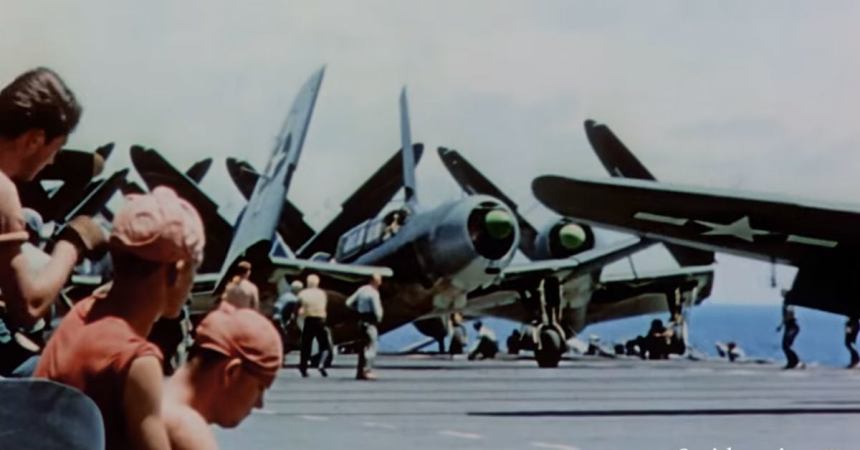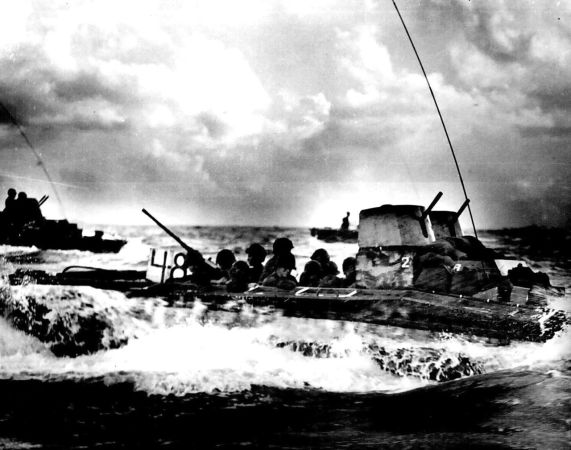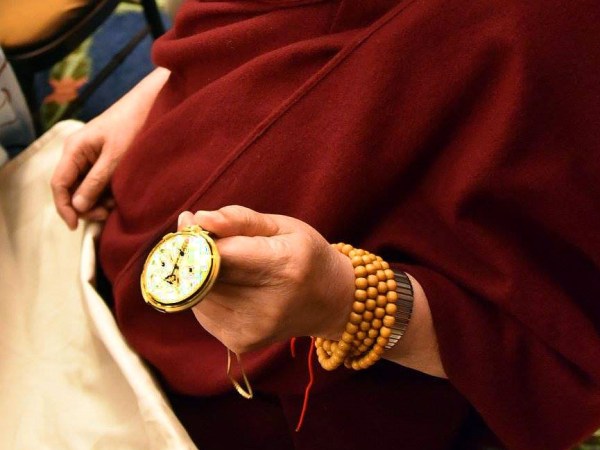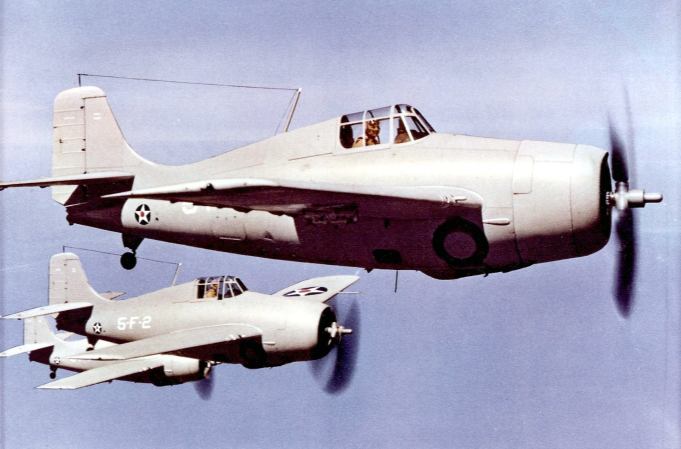It’s often called the “Forgotten Campaign of the Second World War” — and there’s no secret as to why. The campaign lost out on fanfare mostly because it took place in a far off, remote territory that few Americans lived on or cared about. And it didn’t help that it happened at a time when Marines and soldiers were pushing onto the beaches at the Battle of Guadalcanal.
The truth is, however, that the sporadic fighting and eventual American victory on the frozen, barren islands of Alaska proved instrumental to an Allied victory in the the Pacific.

A bit of a fixer-upper, but nothing that can’t be buffed out.
(National Archives)
Just six months after the attack on Pearl Harbor, the Japanese launched a two-day attack on Dutch Harbor, Alaska. On June 3rd and 4th, 1942, their targets were the Dutch Harbor Naval Operating Base and U.S. Army Fort Mears on Amaknak Island.
The Japanese attack was an attempt to establish a foothold in the Northern Pacific. From there, the Japanese could continue and advance towards either the Alaskan mainland or move toward the northwestern states of the United States. A few days later, on June 6th and 7th, the Japanese invaded and annexed the Alaskan islands of Kiska and Attu — along with the western-most Aleutian Islands.
It was a tactical victory for the Japanese but the Americans managed to shoot down a Zero during the Battle of Dutch Harbor, and it happened to land in relatively good condition.

Allied troops would move onto Kiska with over 34,000 troops… Just to find the island completely abandoned two weeks prior.
(National Archives)
Meanwhile, Japan was busy moving the bulk of their naval forces toward Midway to aid in recovery from the burgeoning American victory there. Back in North America, the Americans had regrouped and gained the support of the Canadian military.
The bolstered Allied troops moved toward Japanese-occupied territories. They sporadically picked off enemy vessels one by one as they pushed through the island chain. Then, on March 27th, 1943, the American and Japanese fleets squared off at the Battle of Komandorski Islands. The Americans took more damage, but caused enough to make the Japanese abandon their Aleutian garrisons.
On May 11th, U.S. and Canadian soldiers landed on Attu Island to take it back. Japanese dug in and booby-trapped much of the surrounding island. The Americans suffered 3,929 casualties — 580 dead, 1,148 wounded, and over 1,200 cold-weather injuries — but the Japanese were overrun. In a last-ditch effort, the Japanese committed the single largest banzai charge — an attack in which every infantryman first accepted their death before charging charged into battle — in all of the Pacific campaign. The Japanese suffered 2,351 deaths with hundreds of more believed to be lost to the unforgiving weather.
The captured Zero from Dutch Harbor, dubbed the Akutan Zero, was studied and reverse engineered by American technicians. Test pilots were successfully able to determine the weak-points and vulnerabilities of the fighter aircraft, which were quickly relayed to the rest of the Army Air Force. This information proved vital in later battles.
In the end, America would retake the islands and force the Japanese Navy back south to deal with the brunt of the American military. With the Japanese gone, the only route into the continental U.S. was secure again.
To learn more about the Aleutian Campaign, check out the video below!





